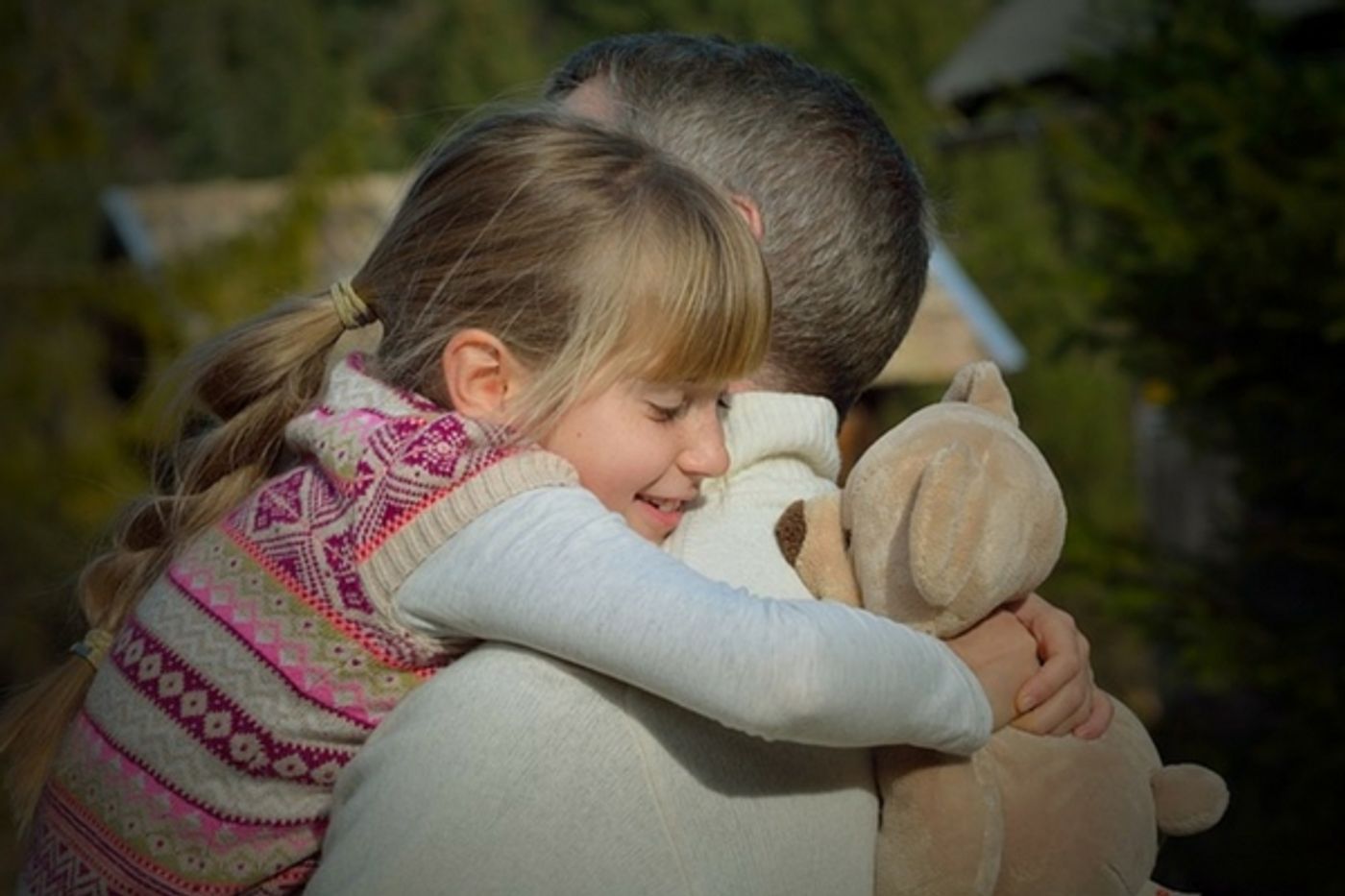How Fathers Interact With Sons and Daughters
It’s an iconic concept, that of “Daddy’s Little Girl,” but as it turns out, fathers who have daughters speak and interact differently with them than fathers who have sons. A recent study conducted by the American Psychological Association and researchers at Emory University in Atlanta and the University of Arizona backs this up, complete with brain scans and recordings of the daily interactions between fathers and their children.
Falling along gender lines, the study revealed that when speaking with their daughters, dads were more open about feelings and emotions than they were when they spoke with their sons. Toddler boys got lots of physical, down on the ground play and achievement and action related language, while the girls often got to listen to daddy singing and using more descriptive language. While more active play helps develop gross motor skills, the language used by the fathers when spending time with their girls was of the type that has been linked to better progress academically later in life.
Researcher Jennifer Mascaro, PhD, of Emory University explained, “If the child cries out or asks for dad, fathers of daughters responded to that more than did fathers of sons,” We should be aware of how unconscious notions of gender can play into the way we treat even very young children.”
Wanting to know if the way that fathers interacted with their daughters was the result of brain responses to their children, the study combined brain scans with recordings of any interactions. The recording device, which 52 fathers agreed to wear on a daily basis, was clipped to a belt or a pocket. During a 48-hour period (one weekday, one weekend day) the device would randomly turn on for 50 seconds every nine minutes. The methodology was specifically designed to be taken out of the lab and into the daily lives of the study participants. Looking at interactions in a lab setting tends to color the results and isn’t as “real” as the data researchers were able to collect via the recordings.
The fathers were also asked to undergo functional MRI scans (fMRI) to record brain activity while viewing photographs of unknown adults, unknown children and their own children with various expressions of happiness, sadness or neutrality. When fathers with girls saw photos of their daughters with happy expressions, the areas of the brain that are involved in reward, facial processing and emotion were more active than when these fathers saw happy pictures of their sons. Interestingly, while not expected by the researchers, when fathers viewed their sons with neutral expressions on their faces, the reaction in the brain was quite strong, in the same areas that reacted vigorously to the expressions of happiness in the girls. There was no significant difference in the brain activity of the dads when viewing the pictures of sad expressions of their sons and daughters.
The study looked at the parenting and interaction of fathers with sons and daughters because parenting studies are often focused on maternal involvement and fathers get left out of the picture in many studies of child development. The research was limited to families in the United States so no conclusions could be drawn about what might occur in other cultures. In addition, there is no way to tell if these differences in language, behavior and brain activity could be used to predict specific outcomes for the children, but it was a good look at how fathers interact differently based on gender. The team hopes to do more research on finding out if these differences are related to societal norms that have been ingrained in fathers, or if they are truly hardwired into the brain as inborn reactions. Take a look at the video below to learn more
Sources: APA, NBC News, Behavioral Neuroscience









